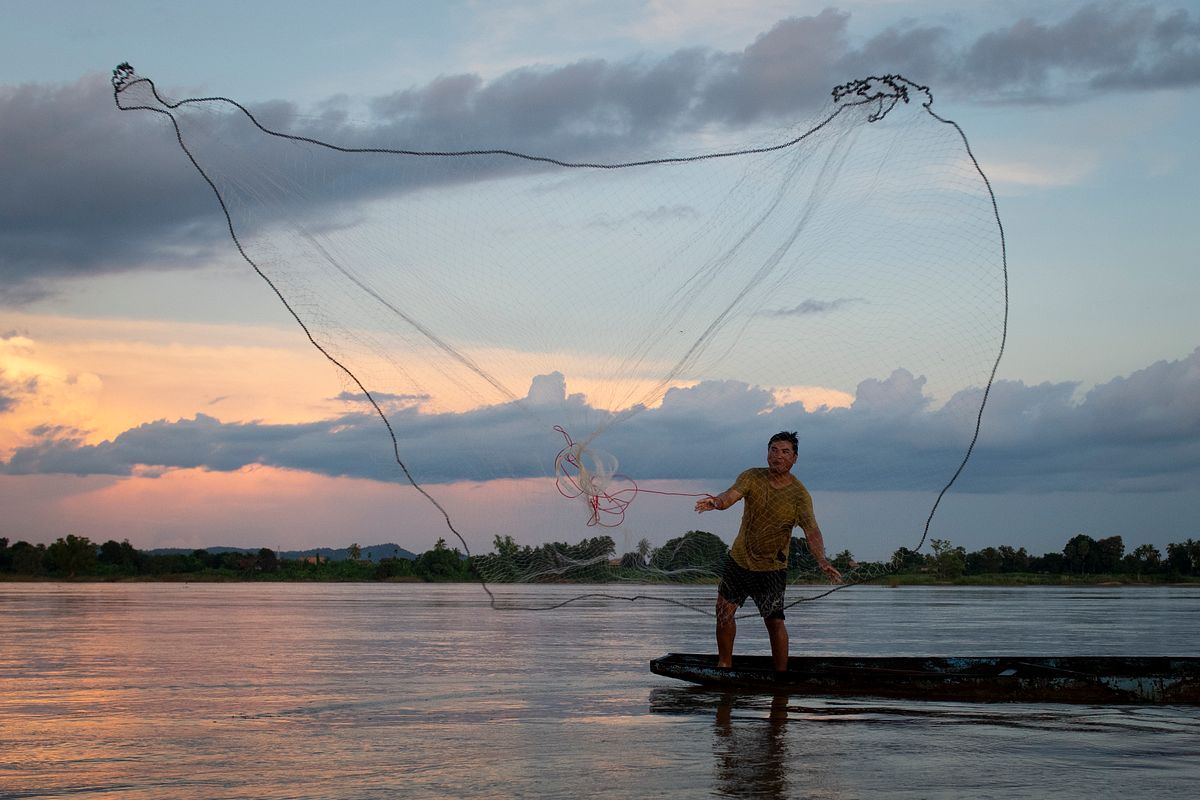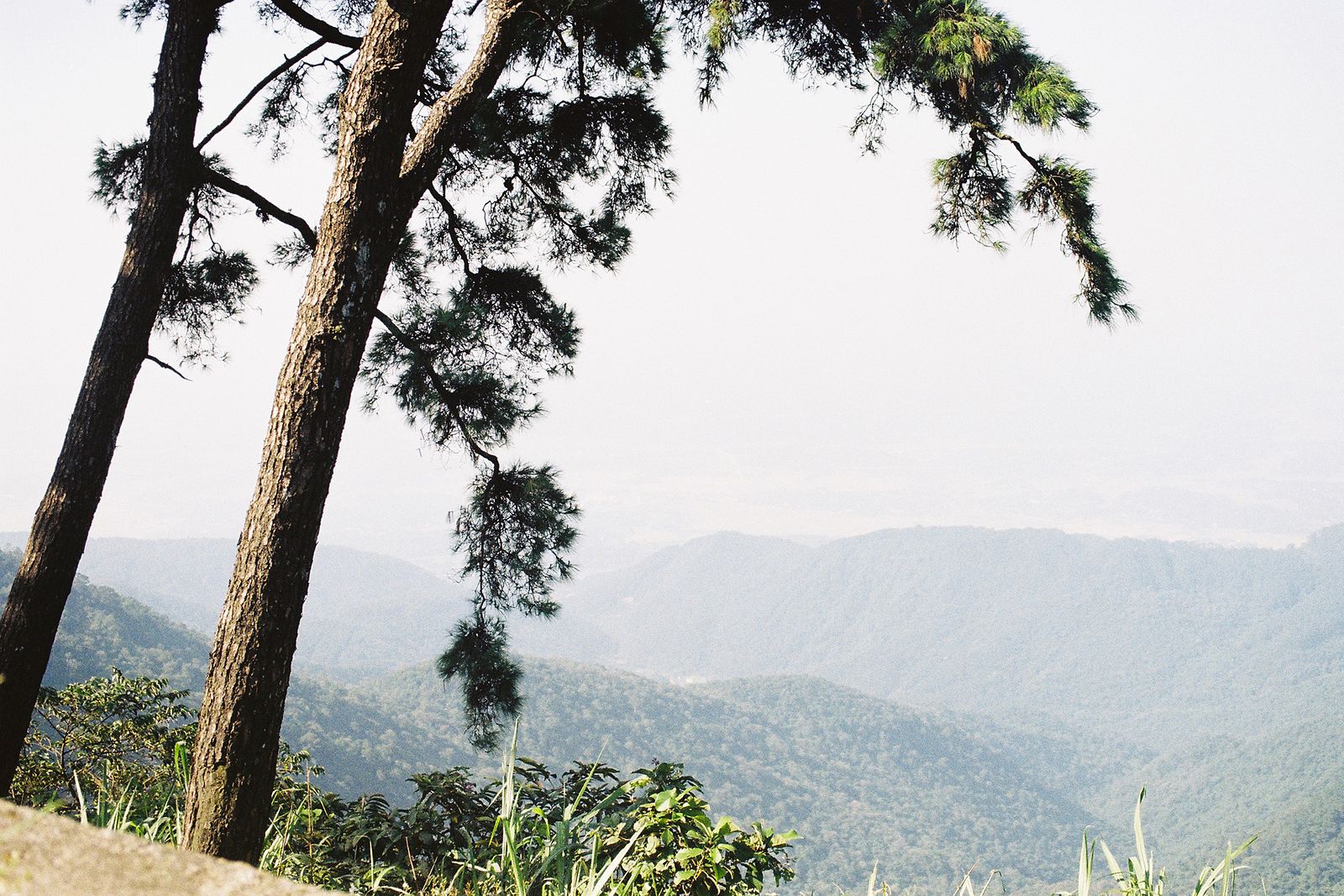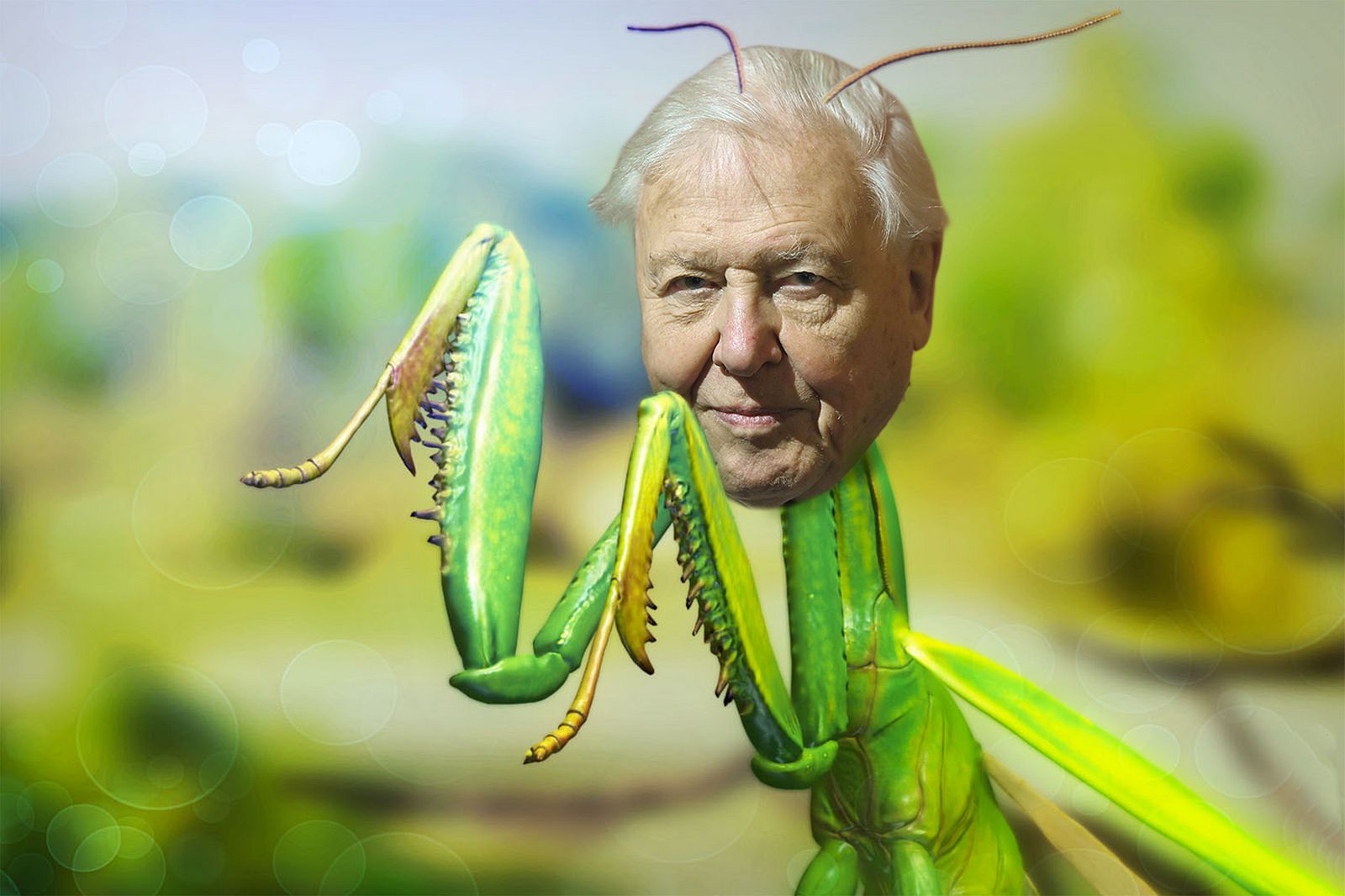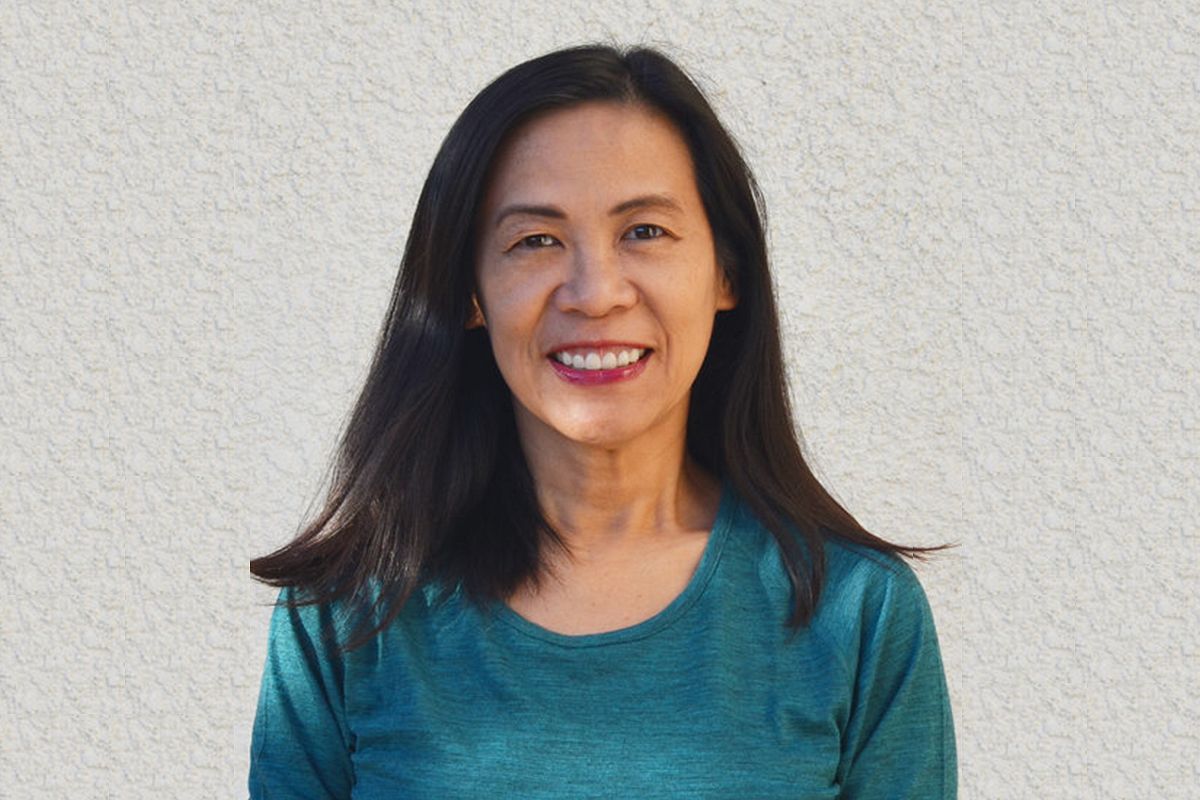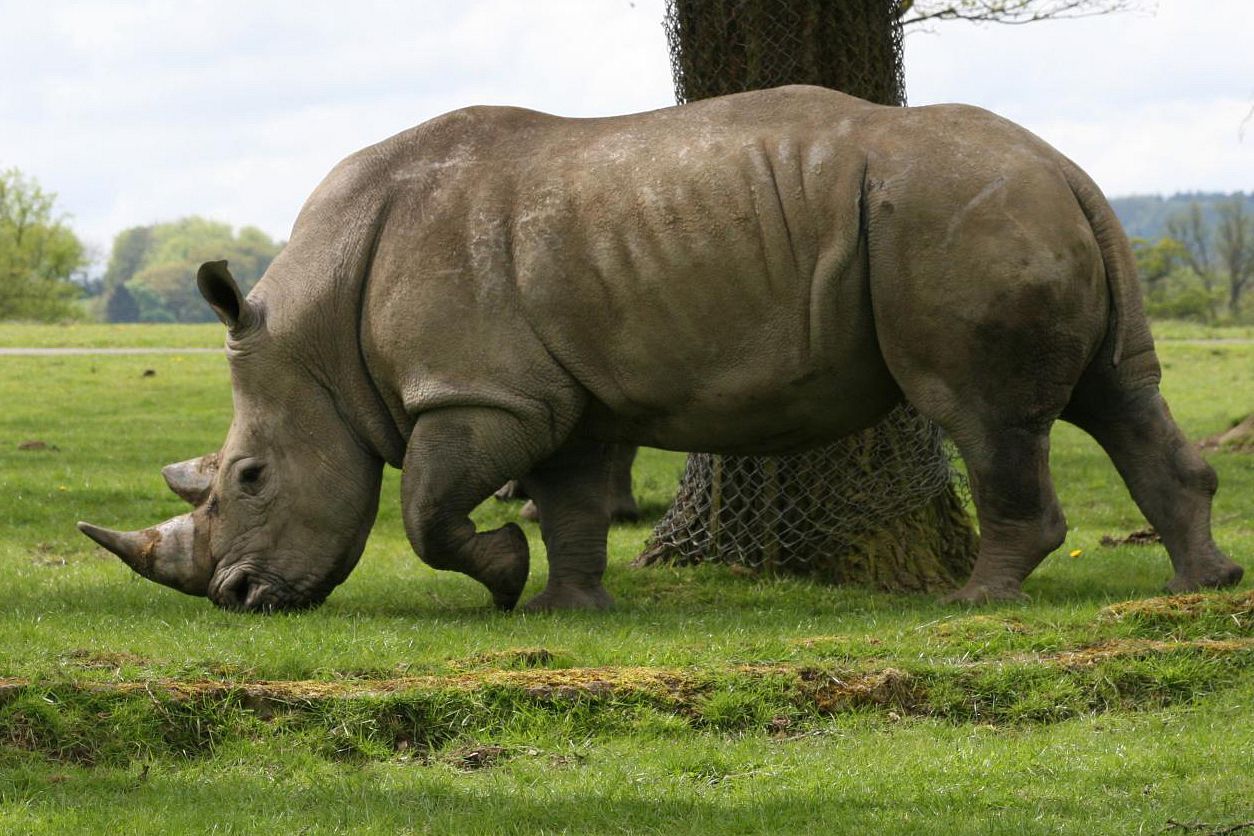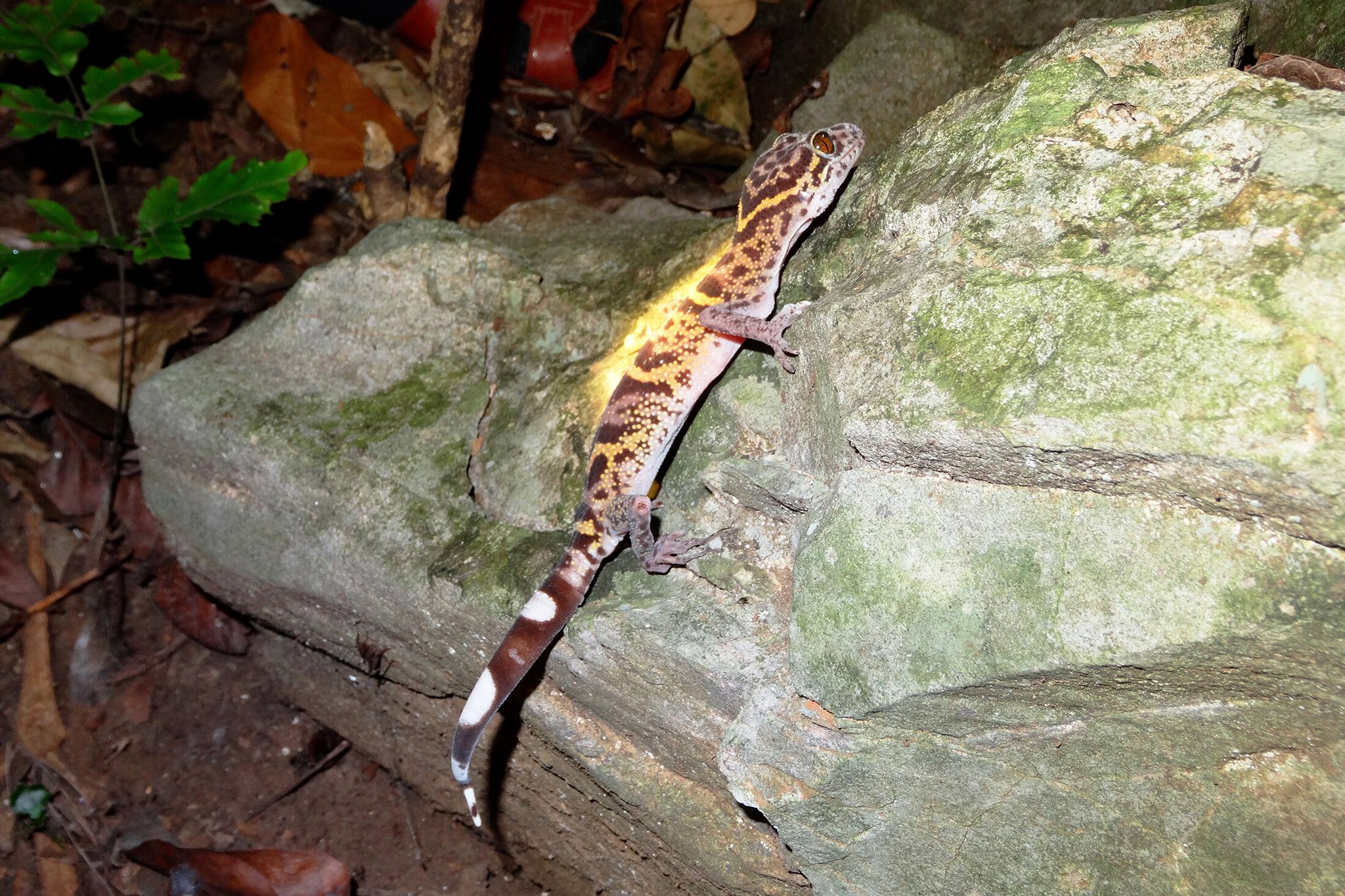As it flows down through Laos towards the border with Cambodia, the Mekong River frays and unspools into separate threads of current that weave around islands and rocky outcroppings and tumble over Asia’s largest waterfall (Khone Falls) before continuing the long journey into Vietnam and then the eventual ocean.
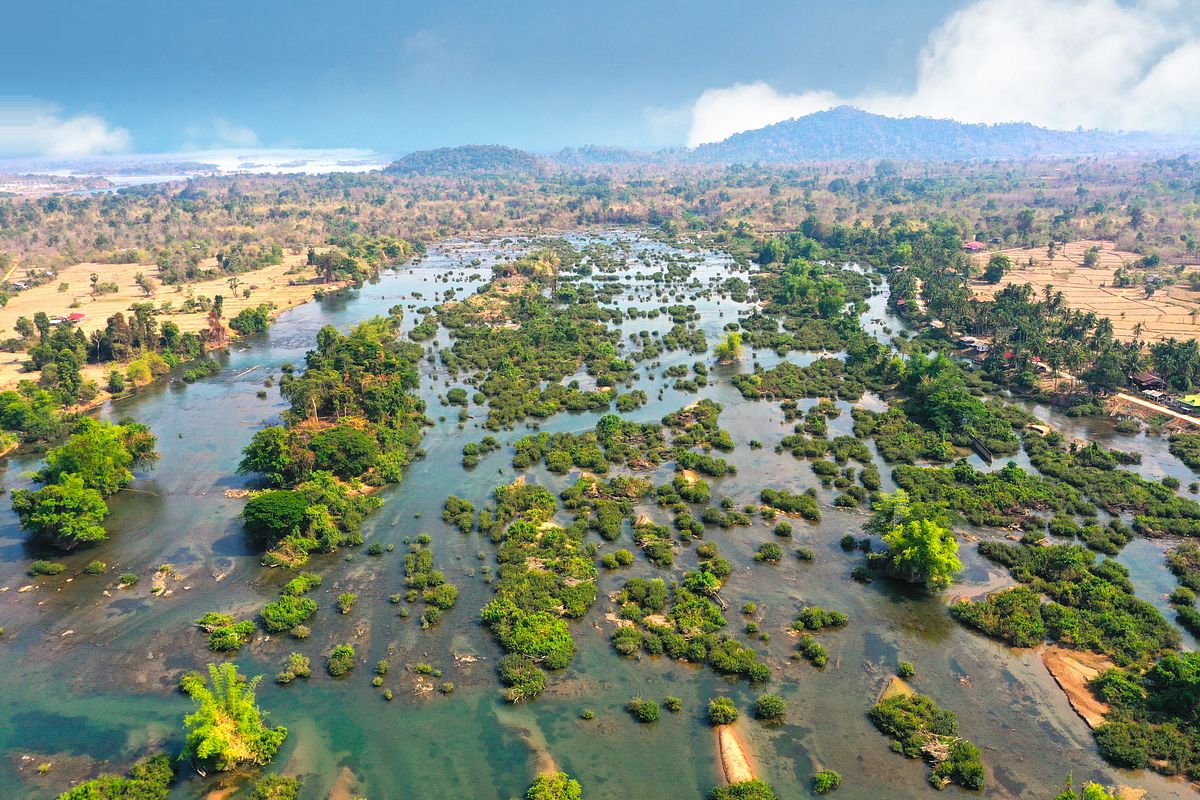
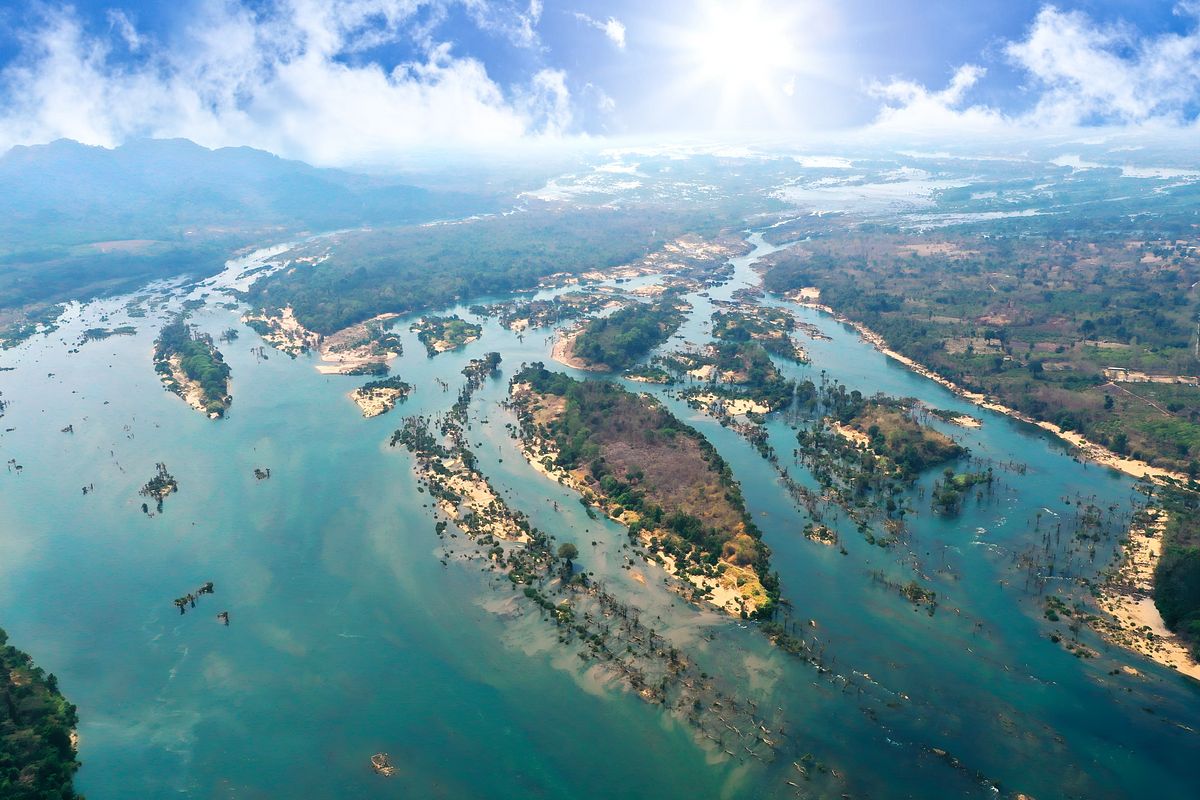
The ancient tectonic forces that formed the Indochine peninsula’s jagged mountains and vast fields created this riverine archipelago in southwest Laos. Fittingly translated to “4,000 islands,” Siphandone is a unique landscape rich with sediment and naturally protective barriers that have allowed a wide variety of species to flourish in the waters and surrounding forests while supporting human settlements.
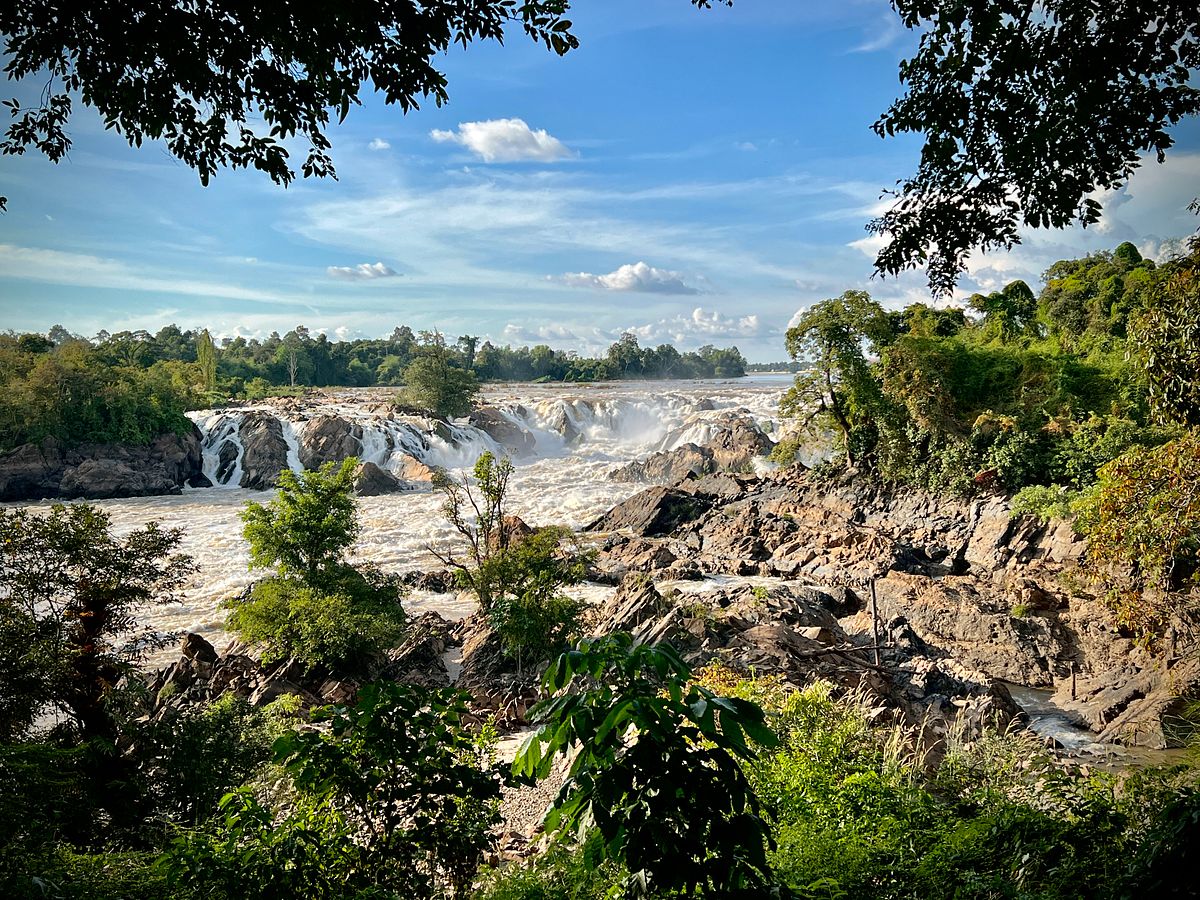
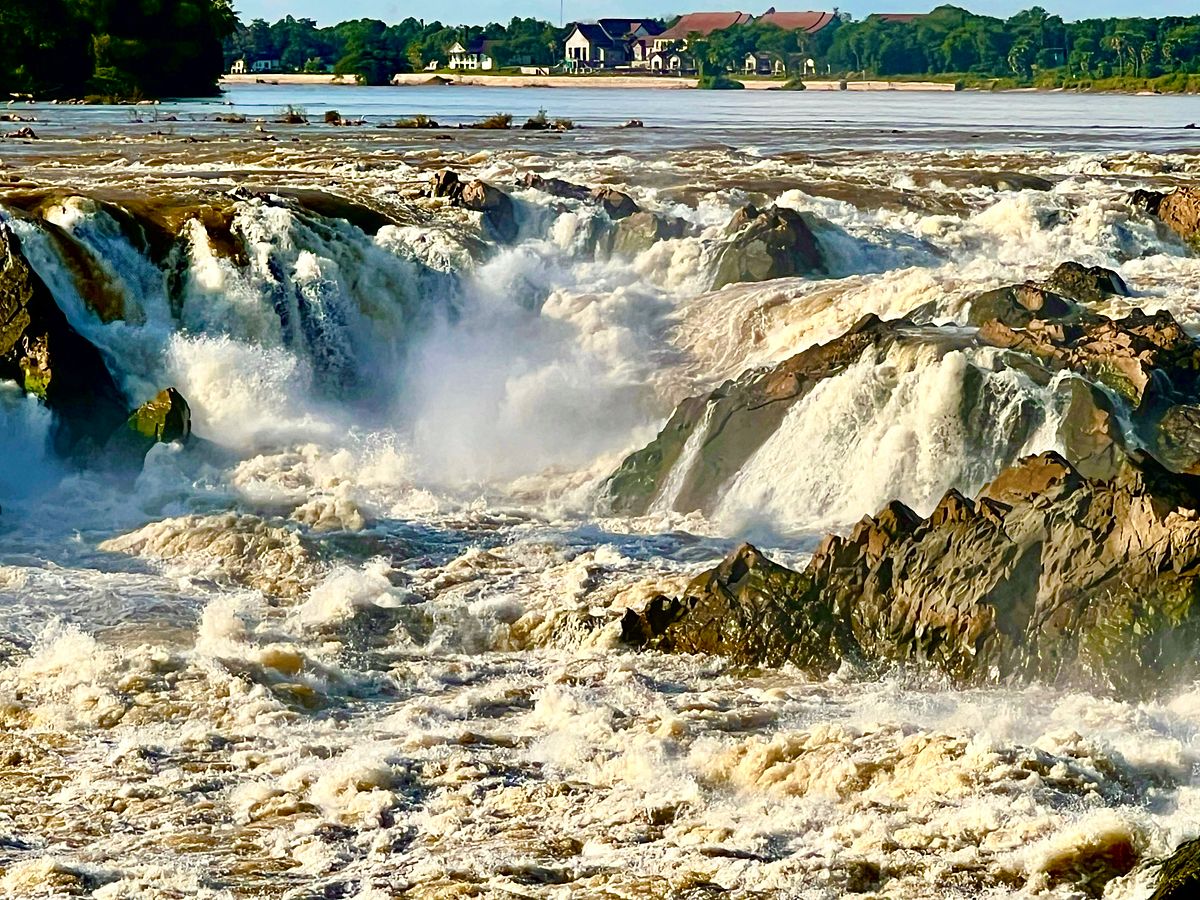
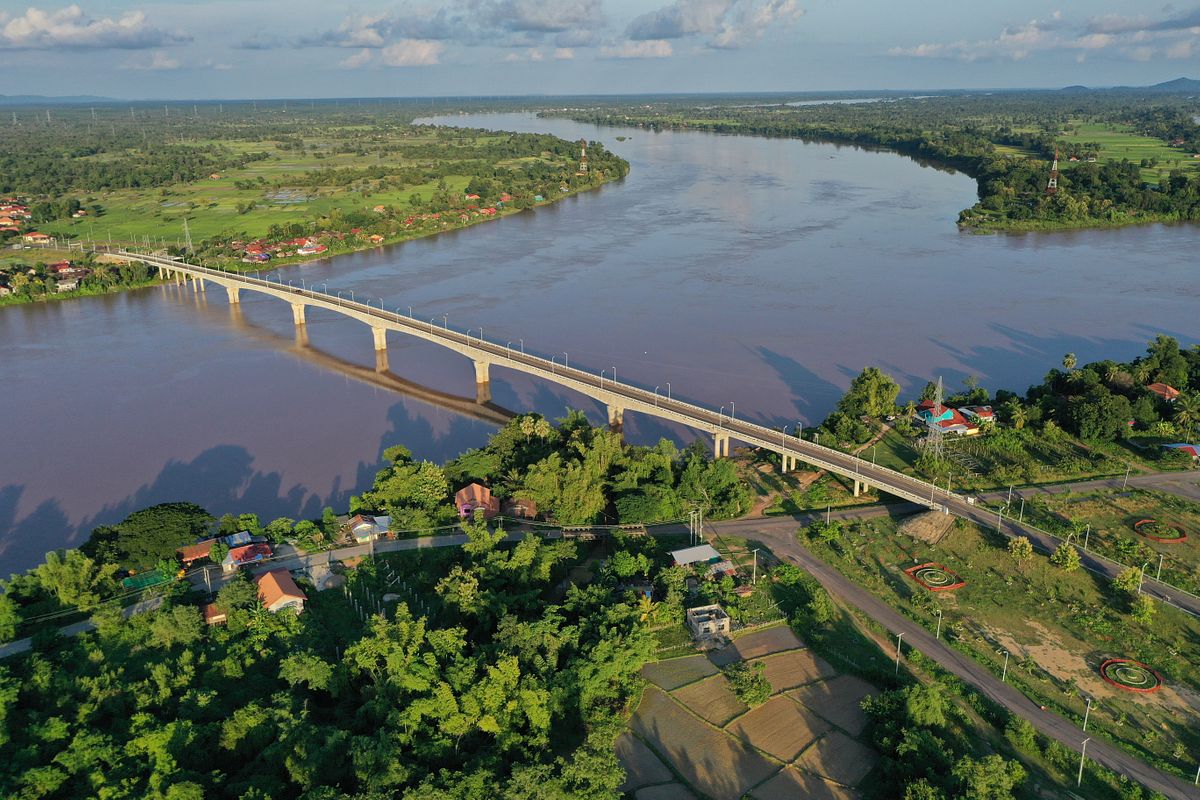
Flooded and lowland forests, deep pools, rapids, river channels and seasonally submerged islands have made Siphandone a biodiversity treasure trove. According to local communities, otters, northern pig-tailed macaque, freshwater stingray, Asian giant softshell turtle and green peafowl are among the hundreds of fish, reptiles, birds and mammals found in the area. Moreover, the nutrients deposited by routine floods have attracted permanent communities that engage in semi-subsistence agriculture and fishing while maintaining traditional lifestyles and cultures.
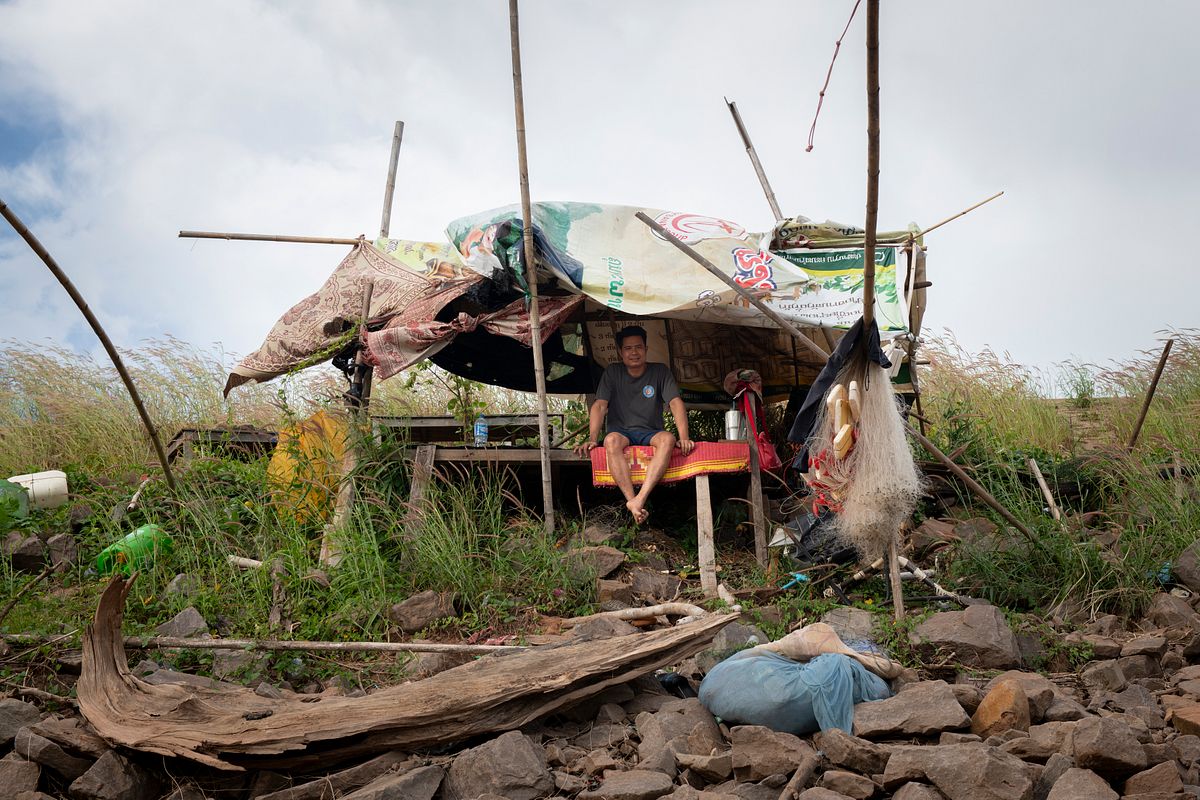
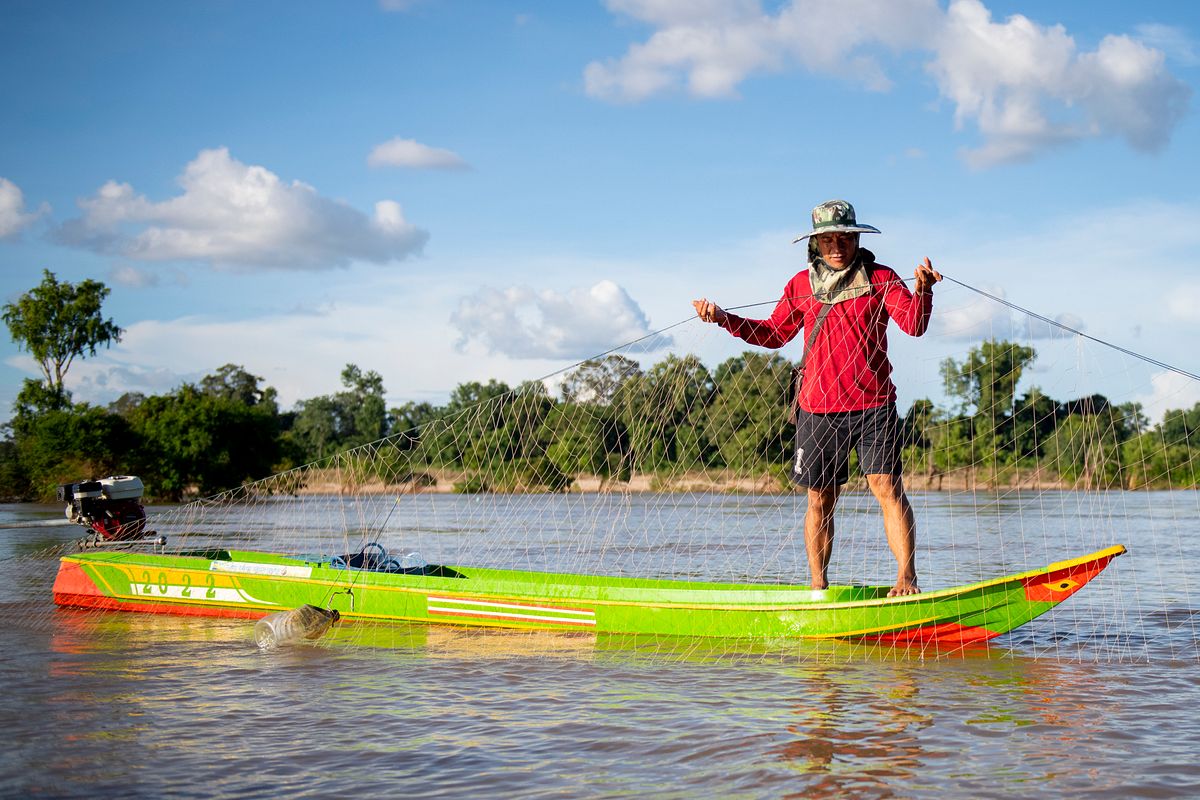
Photos by Emanuela Colombo / WWF-Laos.
Unfortunately, climate change coupled with population growth, ill-planned socio-economic development and irresponsible consumption threaten the area’s biodiversity as well as local livelihoods dependent on it. Overfishing, illegal fishing, large-scale deforestation and industrial projects up and down river, as well as human-induced changes to the natural flood cycles, have resulted in a significant loss of biodiversity. This has acute impacts on the approx. 100,000 local inhabitants whose well-being depends directly on the environment. Looming ecological degradation places them at risk for worsening poverty and an increased necessity of migration, which would result in the abandonment of cultural values and traditions.
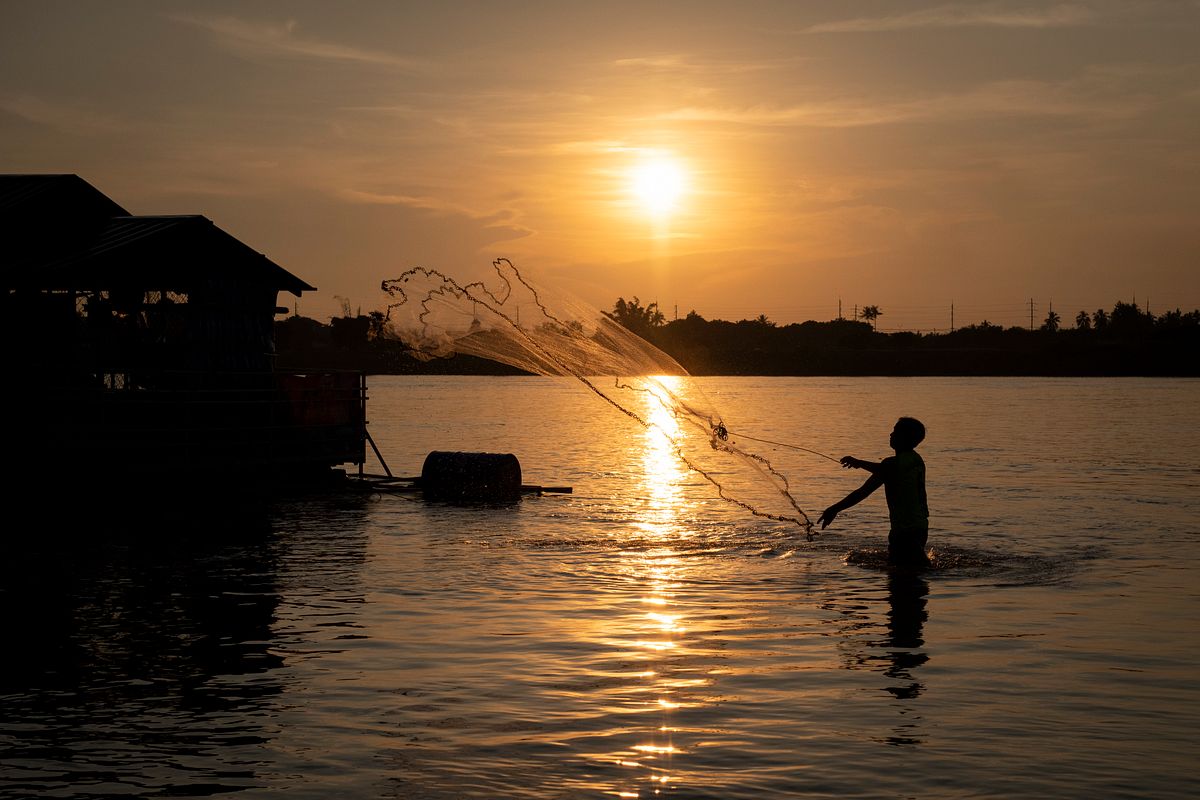
Photo by Emanuela Colombo / WWF-Laos.
However, this ecological degradation is not inevitable in Siphandone. World Wide Fund for Nature in Laos (WWF-Laos) has long been partnering with The Department of Livestock and Fisheries (DLF) in the region and is implementing the Climate Resilient by Nature - Mekong Project (CRxN Mekong) to combat the effects of climate change while helping restore and rehabilitate fisheries and forests and improve local livelihoods via poverty reduction initiatives, nature-based solutions (NbS) and environment-based adaptations (EbA). To implement the project, the WWF-Laos team, in coordination with local authorities, identified six climate-vulnerable and natural resources-dependent villages in Siphandone to support.
Where there are Fish and Forests there is Hope
“Fish have declined because many use illegal and unsustainable means to fish; for example bombs or electricity. The increase in population has meant that there is more demand for fish and so the Mekong is emptying, ” explained one Siphandone resident. Another local added that because of climate change, “the water level of the Mekong rises and falls suddenly without following the seasons and this creates problems to the fish in the river and to the inhabitants of the villages located on the river banks.”
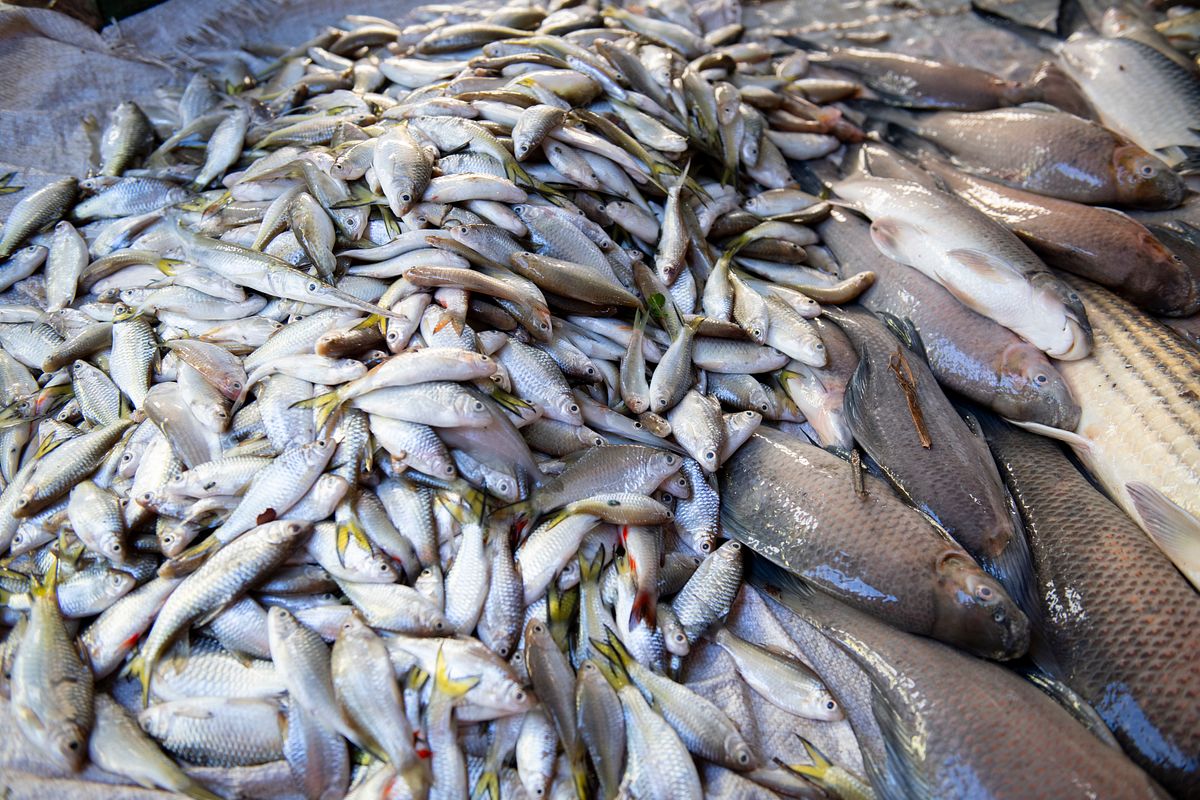
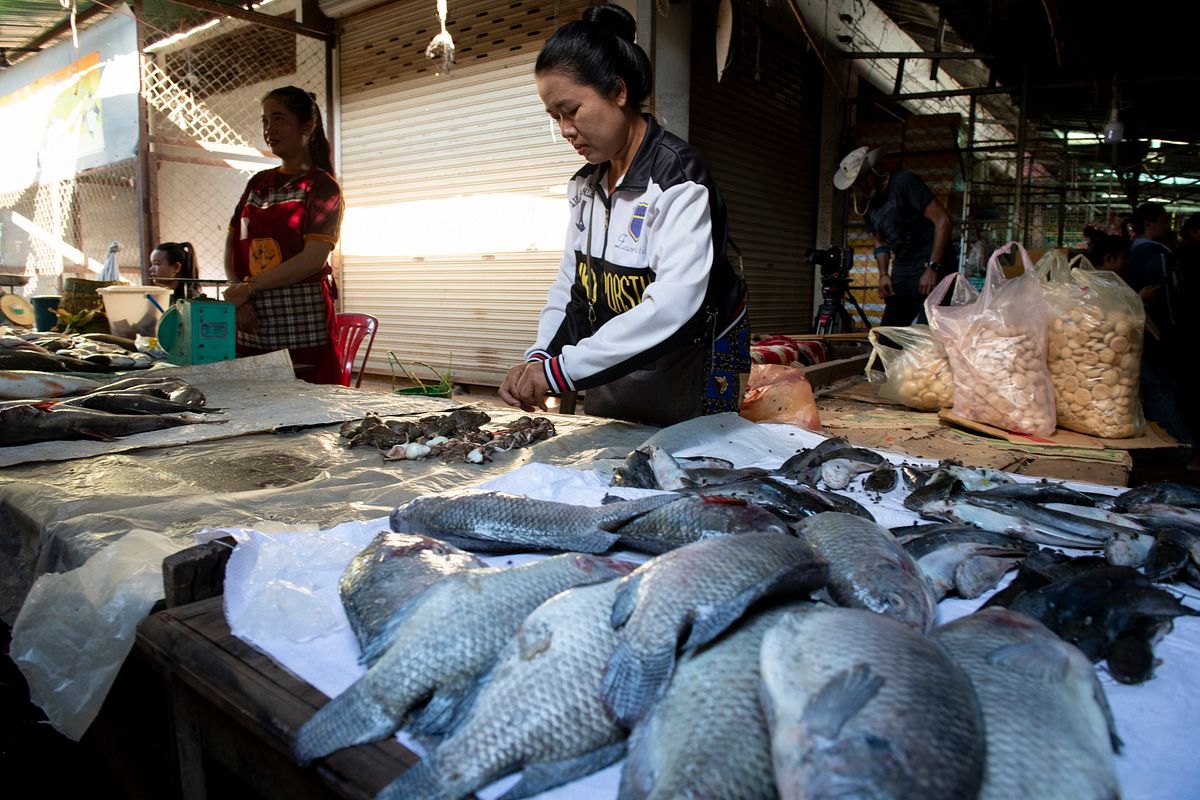
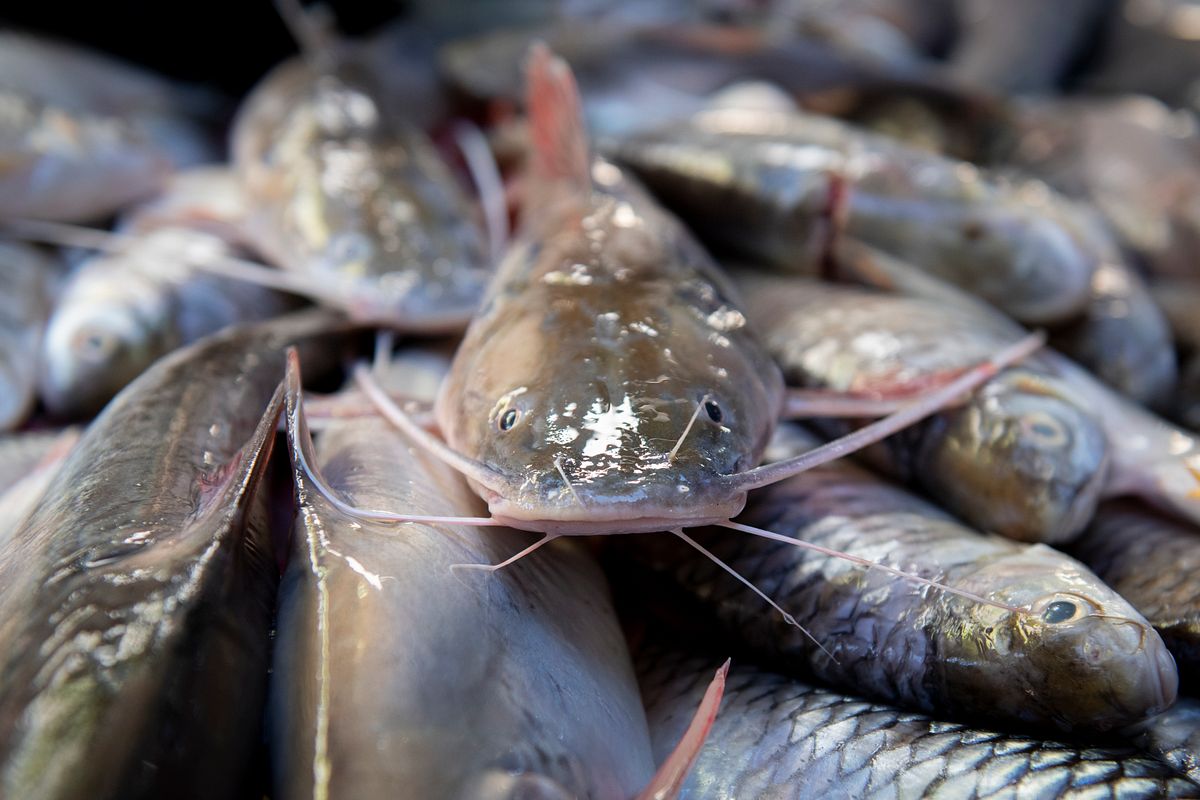
Photos by Emanuela Colombo / WWF-Laos.
Because the health of native fish populations along with their habitats are amongst the most identifiable and addressable issues in the area, WWF-Laos is supporting ongoing efforts with the DLF under the Ministry of Agriculture and Forestry since 2012 to effectively implement fisheries co-management projects in Laos. WWF-Laos has supported over 300 Fish Conservation Zones (FCZ) across the country, 64 of which are in Siphandone and cover more than 516 ha. of freshwater habitat. 18 patrol teams consisting of eight community members each regularly travel throughout the area monitoring 4,612 hectares of river for illegal activity and collecting data on the health of the fisheries that is critical for future planning and the development of sustainable solutions. WWF-Laos provides the team with the necessary equipment as well as training that enables them to cooperate with authorities that can enforce the fisheries laws of Laos. It's still early, but in Siphondone small increases in per-hour fishcatch in the area point to the stabilization and potential increase from 0.47 kg in 2018 to 1.47/hour in 2022.
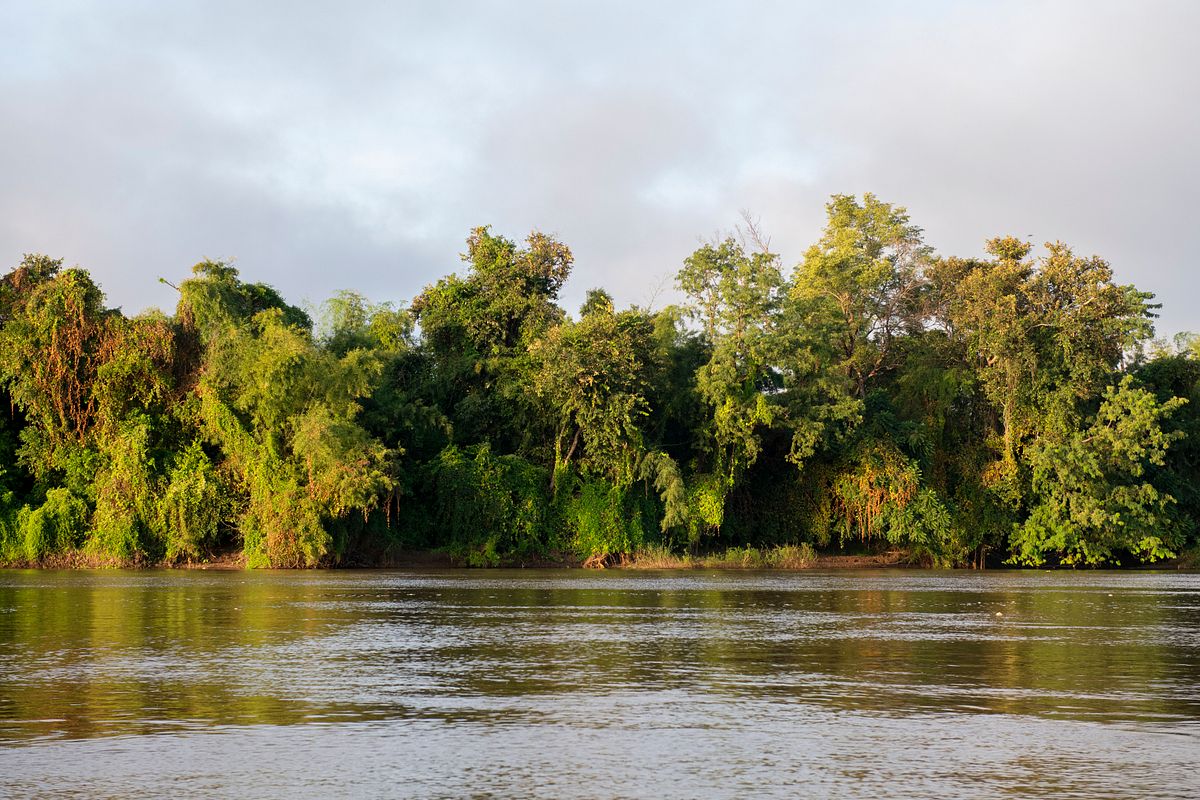
“If we have the forests, we will have cool weather, tranquility, and be able to store water for a long time, as well as bring shelter for animals and a source of food for the villagers. An alternative to just fishing is considered to reduce the burden of finding fish because the forest has a lot of food that can be sourced sustainably, such as mushrooms, vegetables, bamboo shoots, and more. The community knows best, so they help to select plant species that best suit the area, including household fruit trees and local plants,” explained Chieng Kham, the deputy of the village chief of Donxom village in Siphandone.
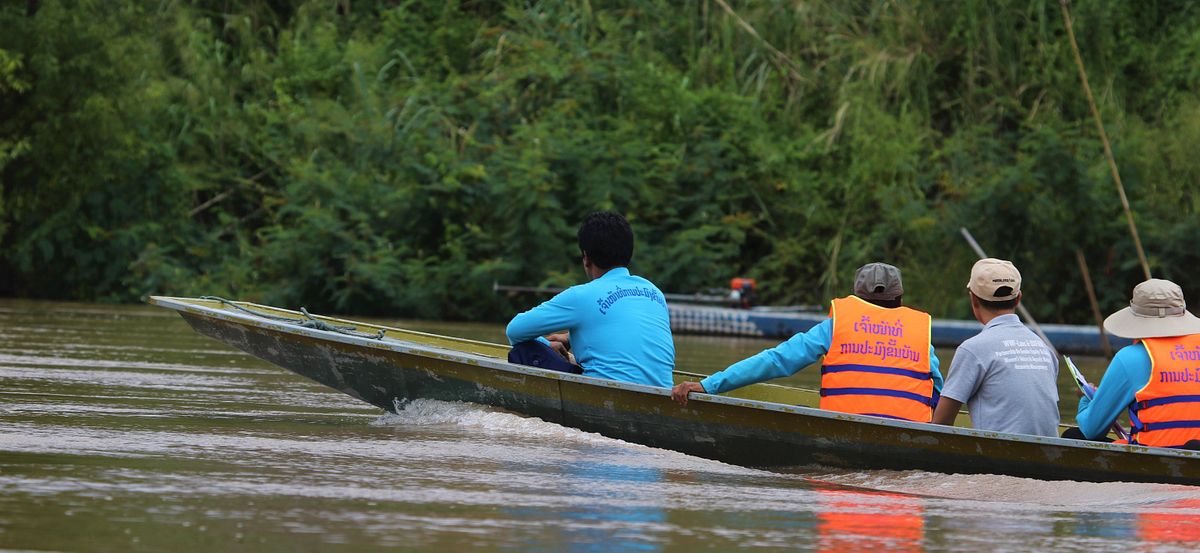
To ensure the forests remain healthy for wildlife and humans, WWF-Laos supported the establishment of community-created forest management protection regulations for 89 ha of forest. Village members then collaborated to plant 7,864 indigenous plants and fruit trees, filling 21.44 ha of forest and riverbank. Local groups routinely patrol the area to look for and report threats to the forest and biodiversity while monitoring the growth of new trees. The reforestation helps rejuvenate and protect wildlife habitats and non-timber forest products while combating erosion along the river.
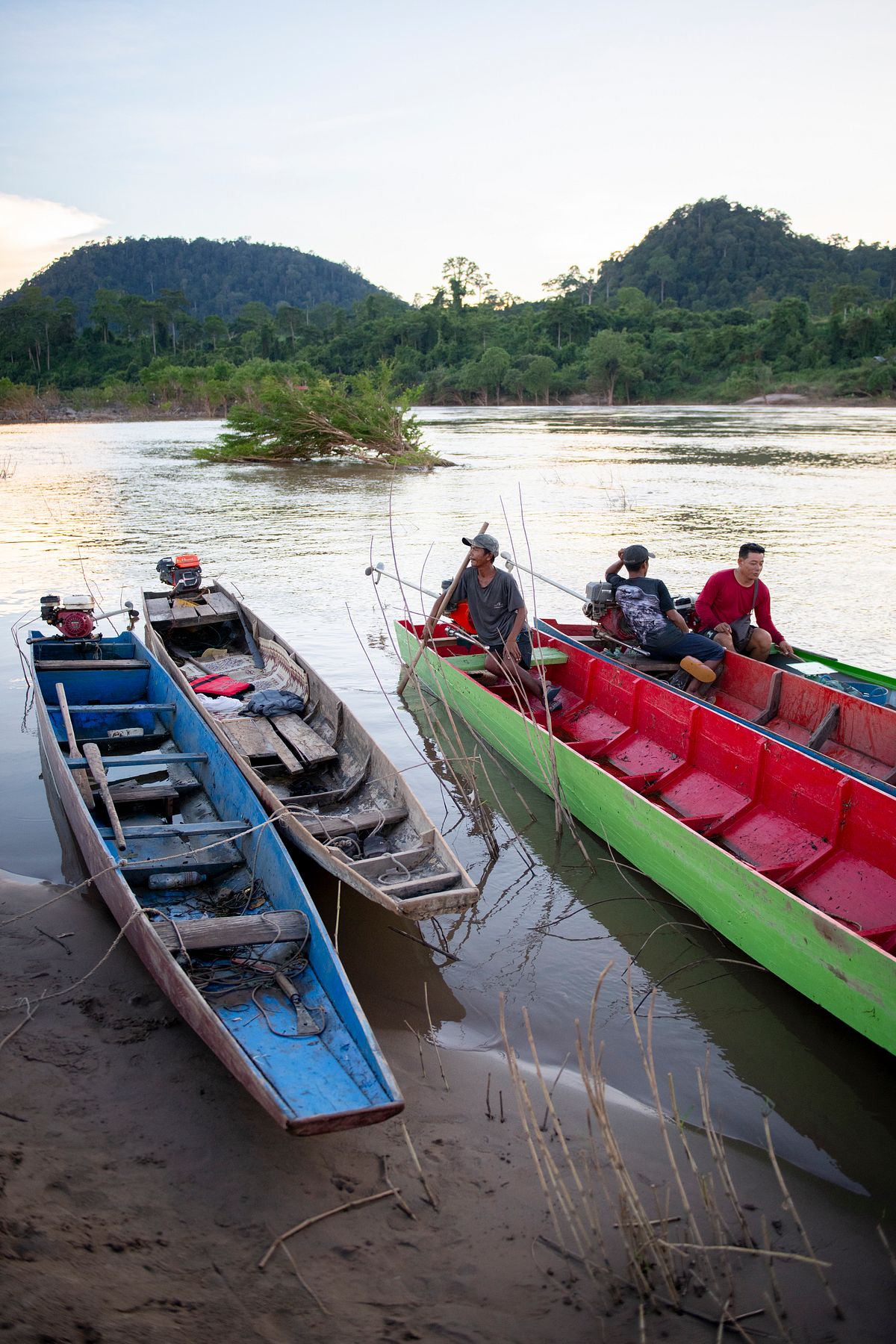
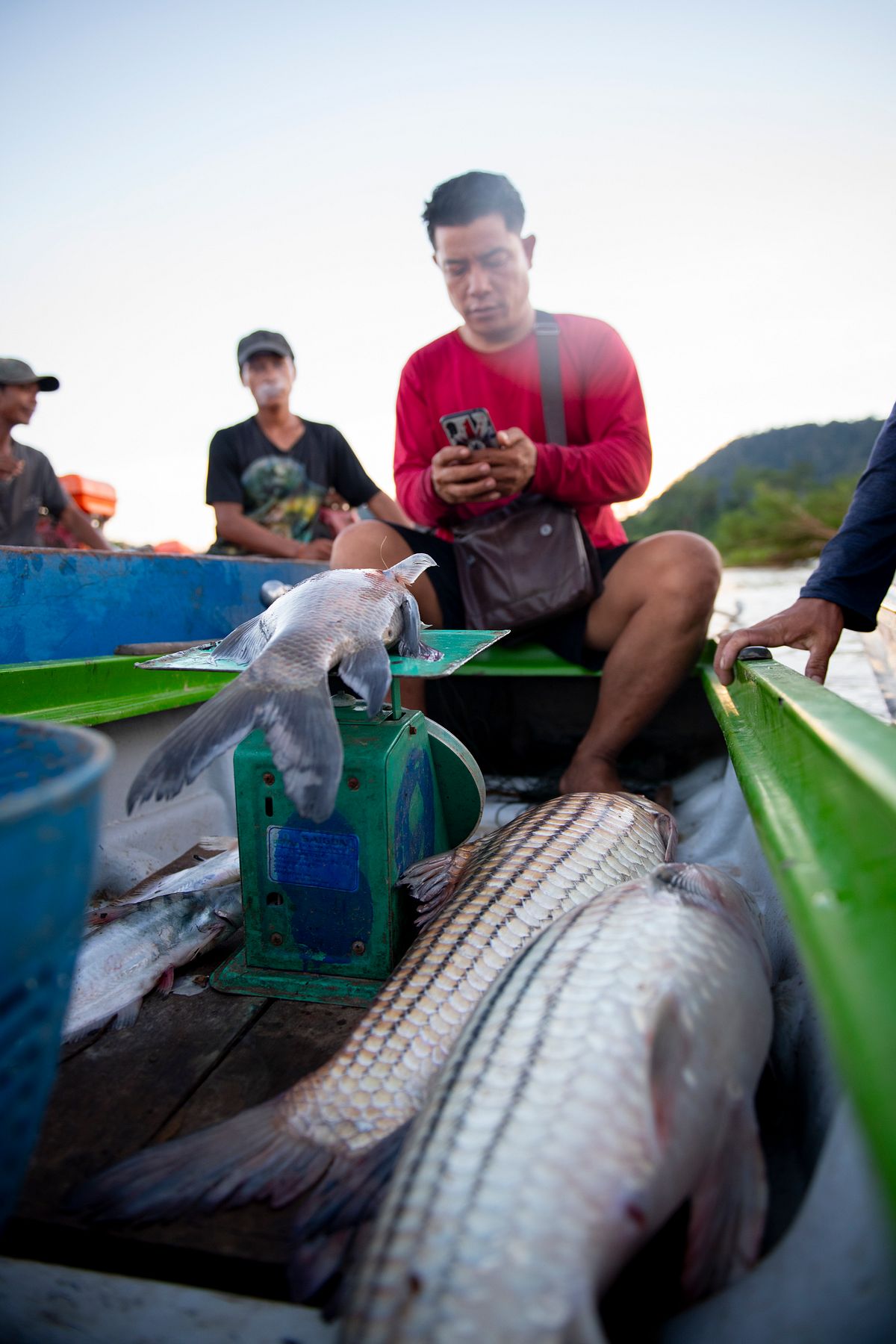
Photos by Emanuela Colombo / WWF-Laos.
Empowering the Community to Protect Nature
In addition to the support of local authorities, education and awareness efforts are a crucial element of the far-reaching preservation plans. Individuals need to be enabled and empowered to enact ways to restore and protect the land and water. Participatory workshops covering broad themes such as defining EbA and NbS resulted in specific actionable plans drafted by community members with the support of the WWF-Laos team. Explaining the need for the efforts involved asking the communities to simply assess the changing state of the rivers they’ve grown up beside and imagine the future for their loved ones. Conservation is thus understood as a matter of ensuring that cherished ways of life and livelihoods can continue for generations as part of a sustainable future.
To effectively preserve the ecosystem there must be economic incentives and disincentives to mitigate illegal fishing, deforestation and other environmentally damaging practices alongside encouragement for community members to remain in the area. The Village Development Fund for Conservation (VDFC) distributes loans to individuals to support activities and business transition to more sustainable agricultural practices. To ensure the funds are used effectively, WWF-Laos, partnered with local civil society organization Lao Micro-Finance Association (LMFA) to provide equipment and training on financial literacy, business development, management, governance and auditing of the funds. The funds and training empower Siphandone residents to adopt diversified, climate-resilient, and ecologically-compatible livelihood activities as sources of food and income such as raising pigs, chickens, ducks, buffaloes and cows; cultivating vegetables and farming mushrooms. Interest returned on the loans goes to supporting the patrolling of FCZ and to growing the funds, thus creating a sustainable model.
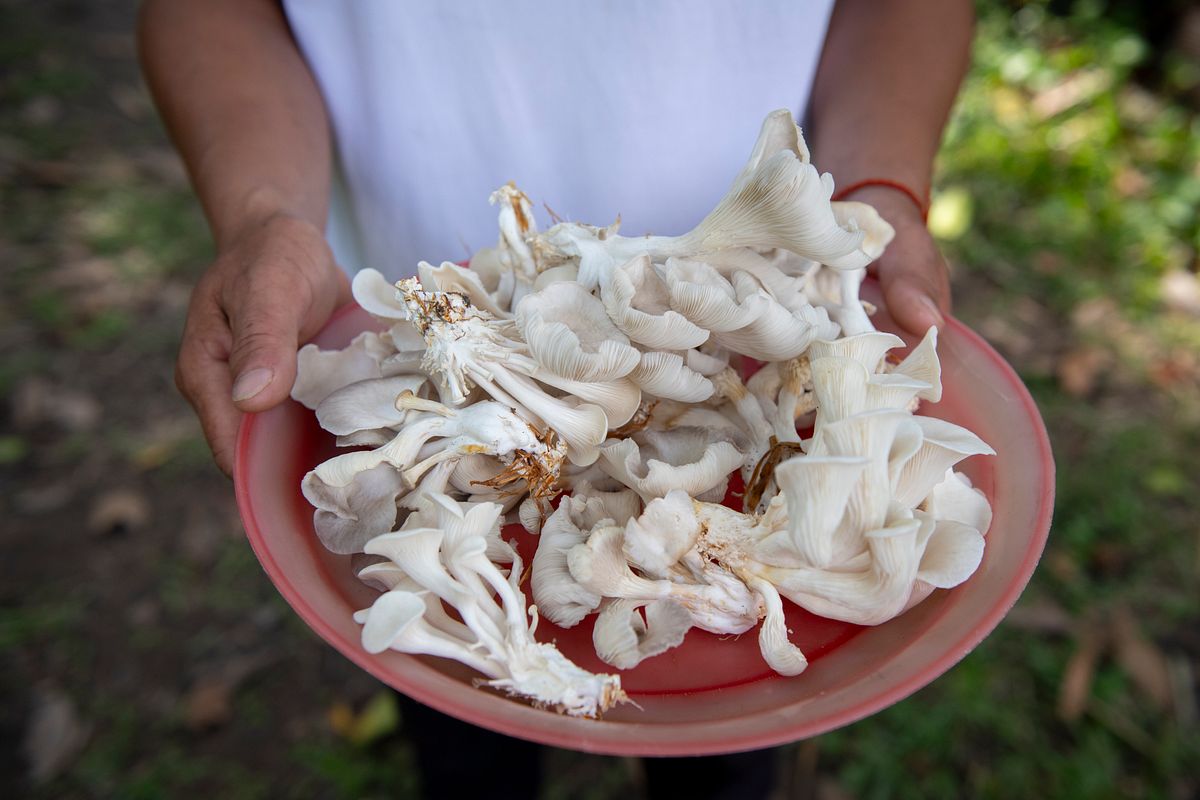
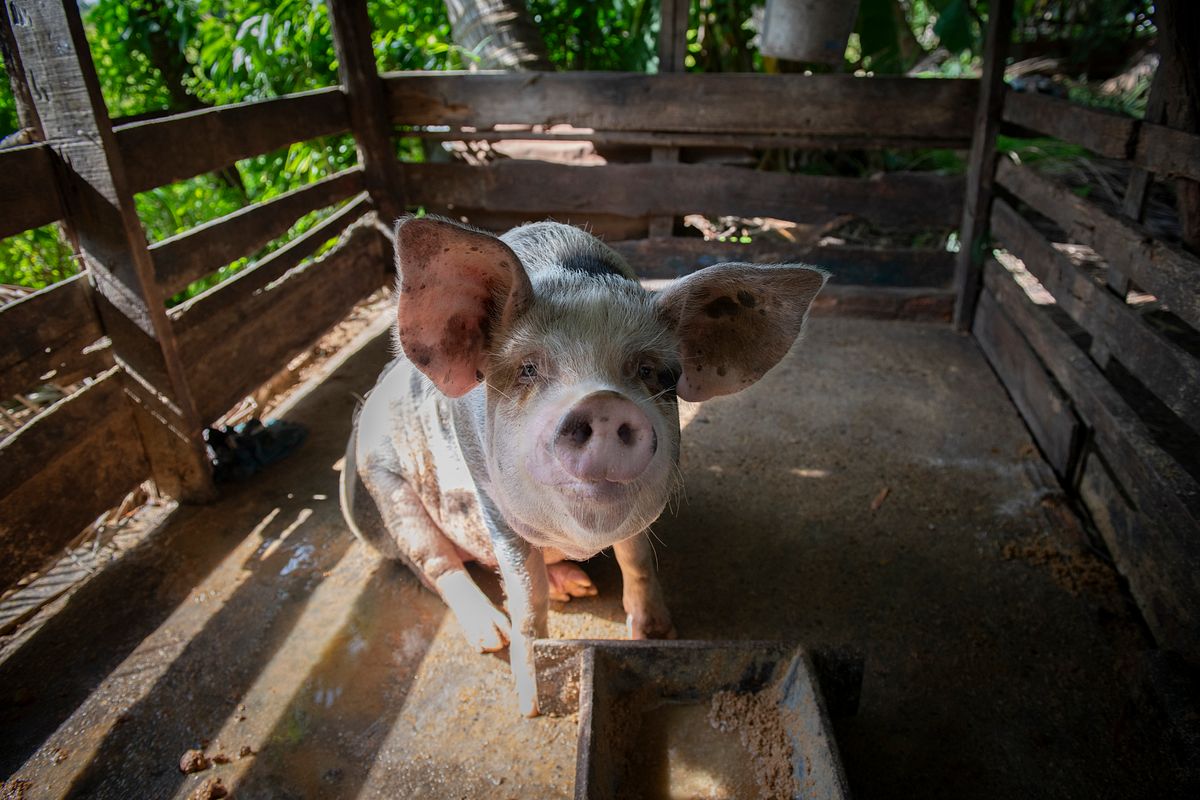
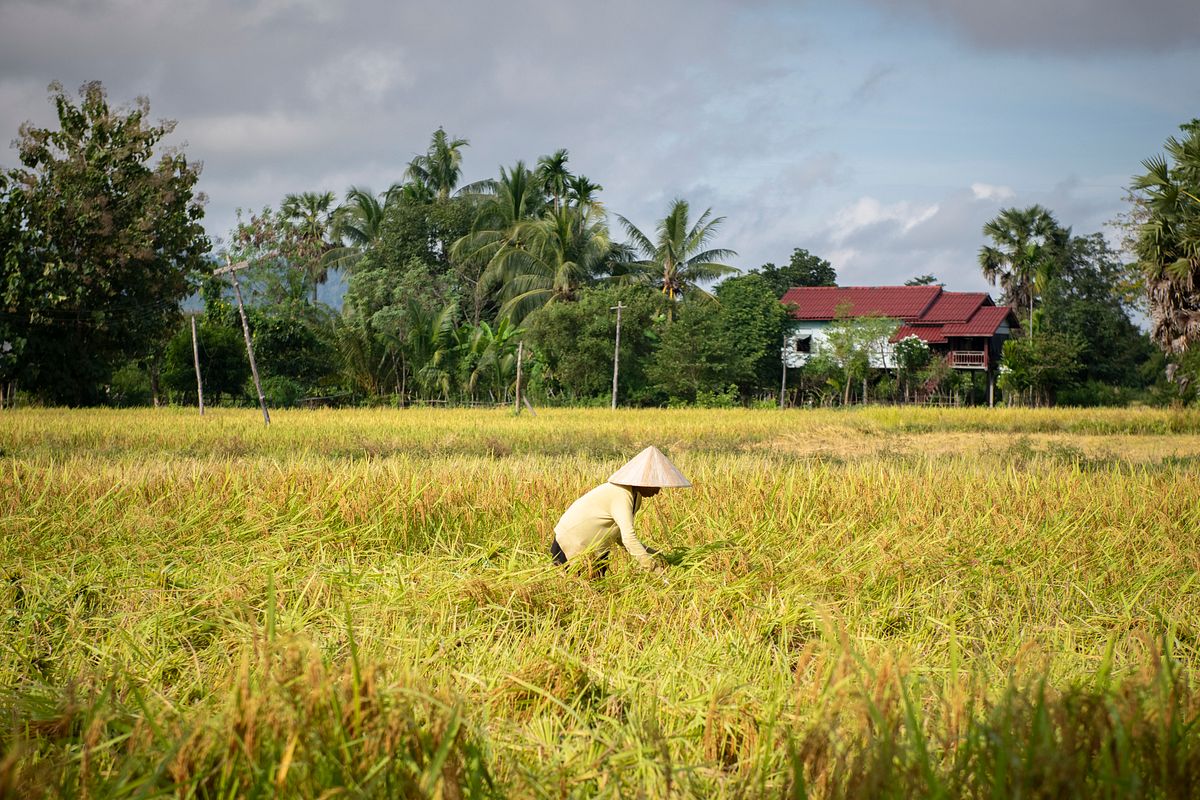
Photos by Emanuela Colombo / WWF-Laos.
Success for the CRxN Mekong Project requires close community involvement. Siphandone residents are not only required to act as stewards of the forests and waters, but their knowledge of the area and lifestyles is essential for creating and implementing EbA practices such as agroforestry and more sustainable traditional fishing practices. For example, local villagers know best which tree species to select for forest restoration and which fish are most suitable for dried and fermented fish products. Similarly, WWF-Laos recognizes the need to incorporate local beliefs and customs into regulations and engagement with communities and has involved local temples and monks in decision-making.
The CRxN Mekong Project in Laos prioritizes the support of frequently marginalized groups such as women, young people, ethnic minority groups and individuals with disabilities. Women, in particular, have a large role to play in the management of natural resources and community development as evidenced by the fact that of the 2,351 total program participants across six villages, 1,458 are women and the Laos Women’s Union (LWU) has a leadership role in each of the six FCZ management committees. Meanwhile, 41 women have a leading role in VDFC management.
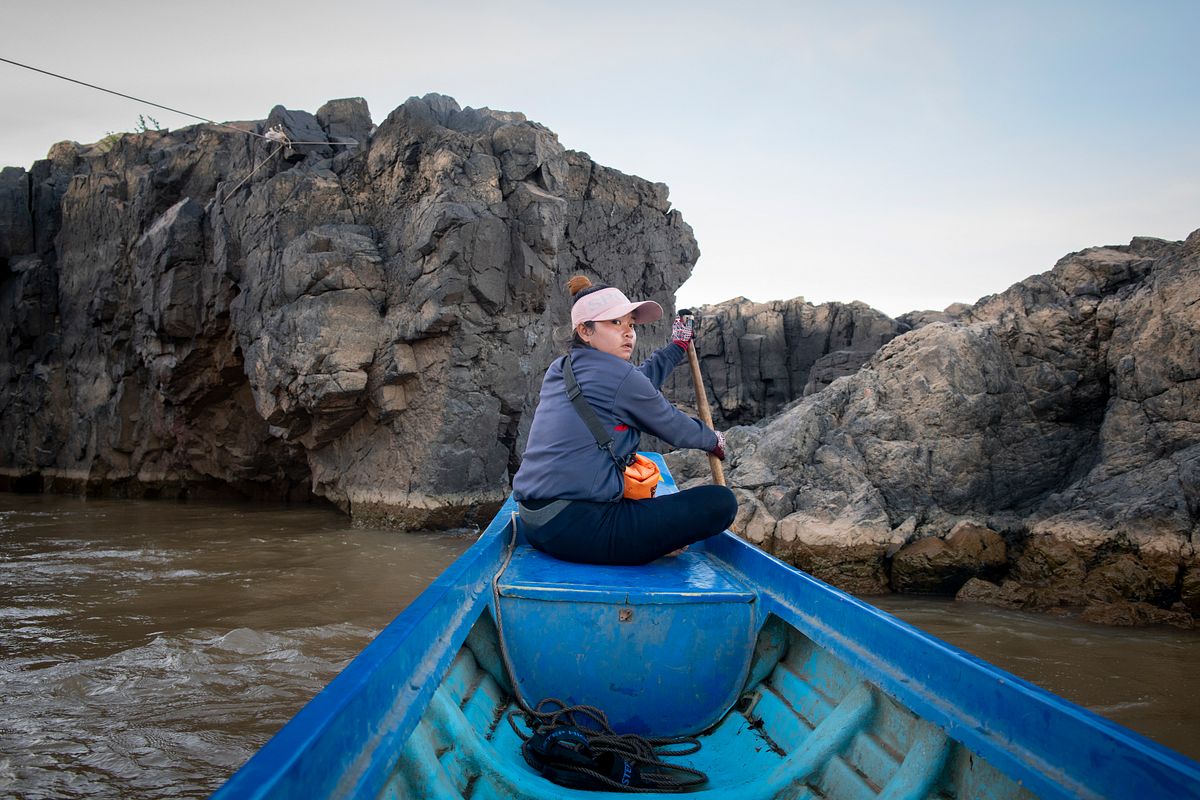
Photo by Emanuela Colombo / WWF-Laos.
Siphandone’s stunning web of water rushing around stark rocks surrounded by lush forests may be one-of-a-kind, but the problems it faces are sadly shared with environments across Southeast Asia and beyond. Many of the solutions explored in Siphandone can thankfully be applied all along the Mekong River’s shores as well as in its expansive delta. The ongoing success of the CRxN Mekong Project in Laos can thus offer a blueprint and hope for the region as a whole.
Climate Resilient by Nature (CRxN) is an Australian Government initiative, in partnership with WWF-Australia, advancing high-integrity, equitable nature-based solutions to climate change in the Indo-Pacific. Funding for this project in Laos is provided by the Mekong Australia Partnership – Water, Energy and Climate.
[Top photo by Emanuela Colombo / WWF-Laos]
